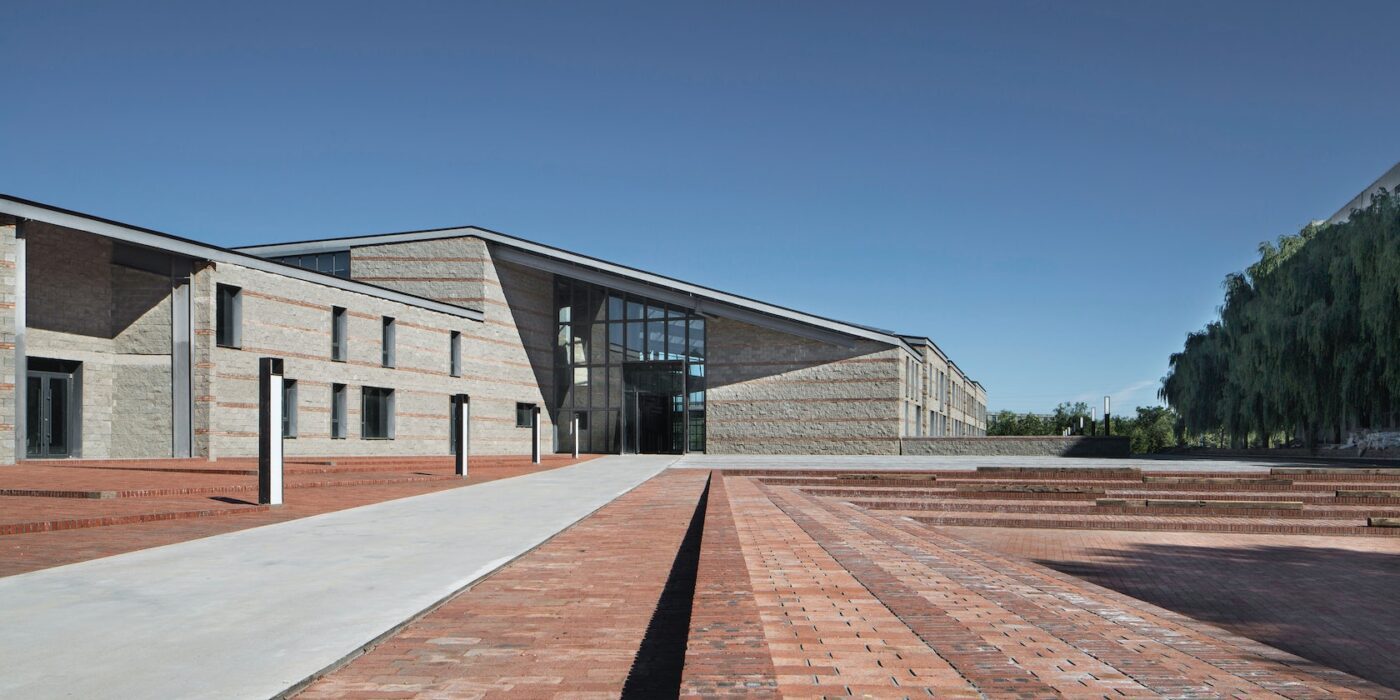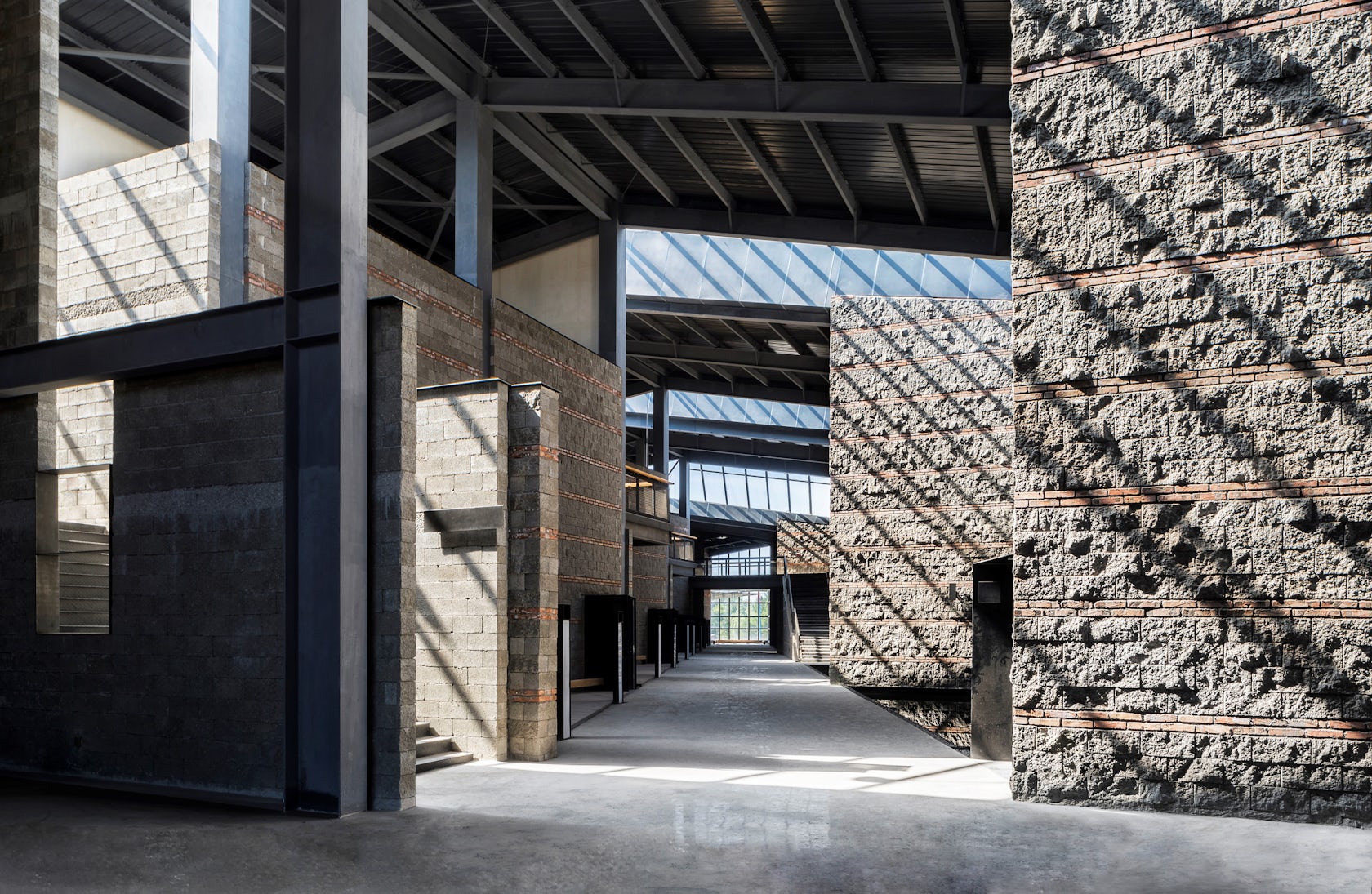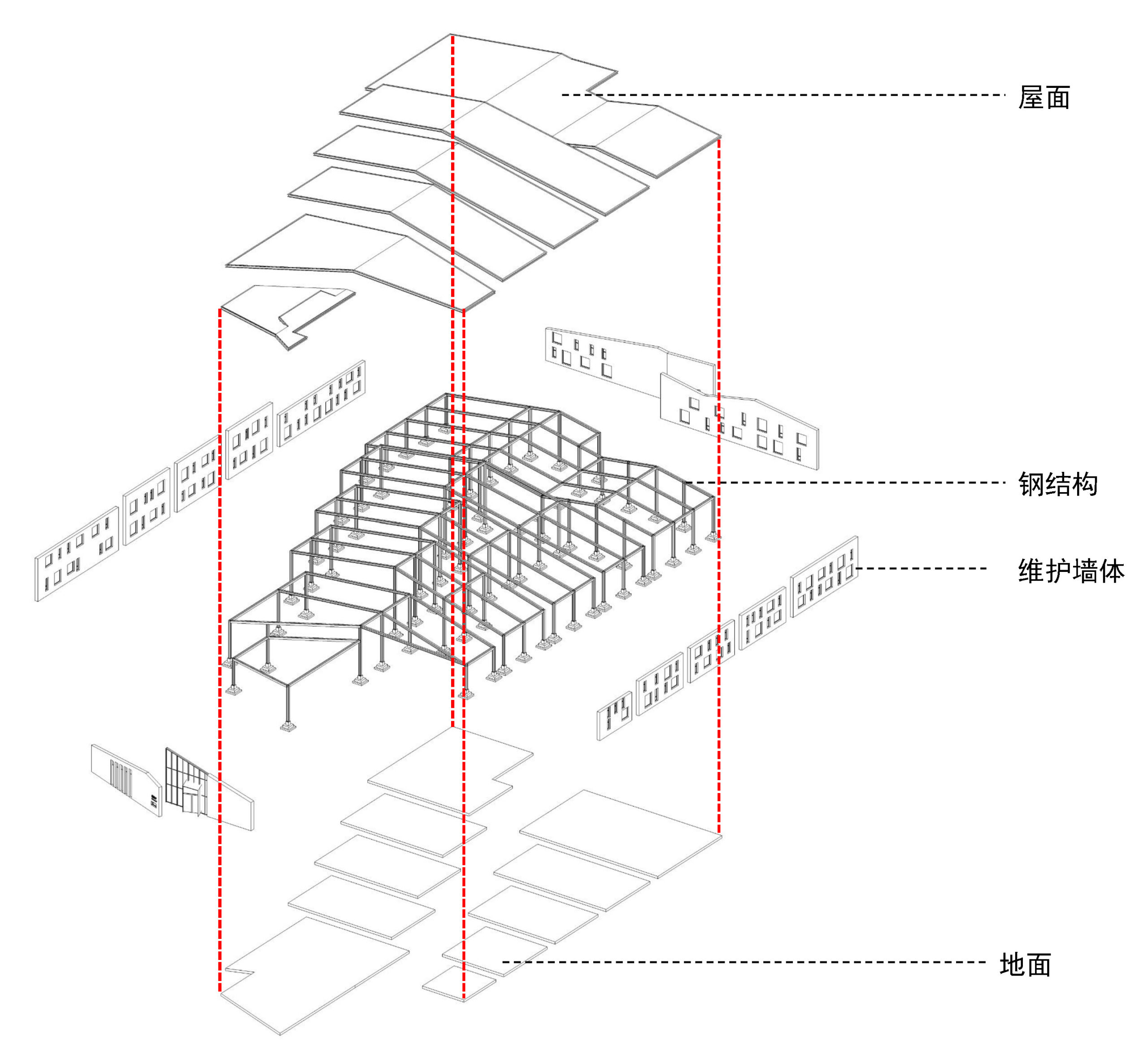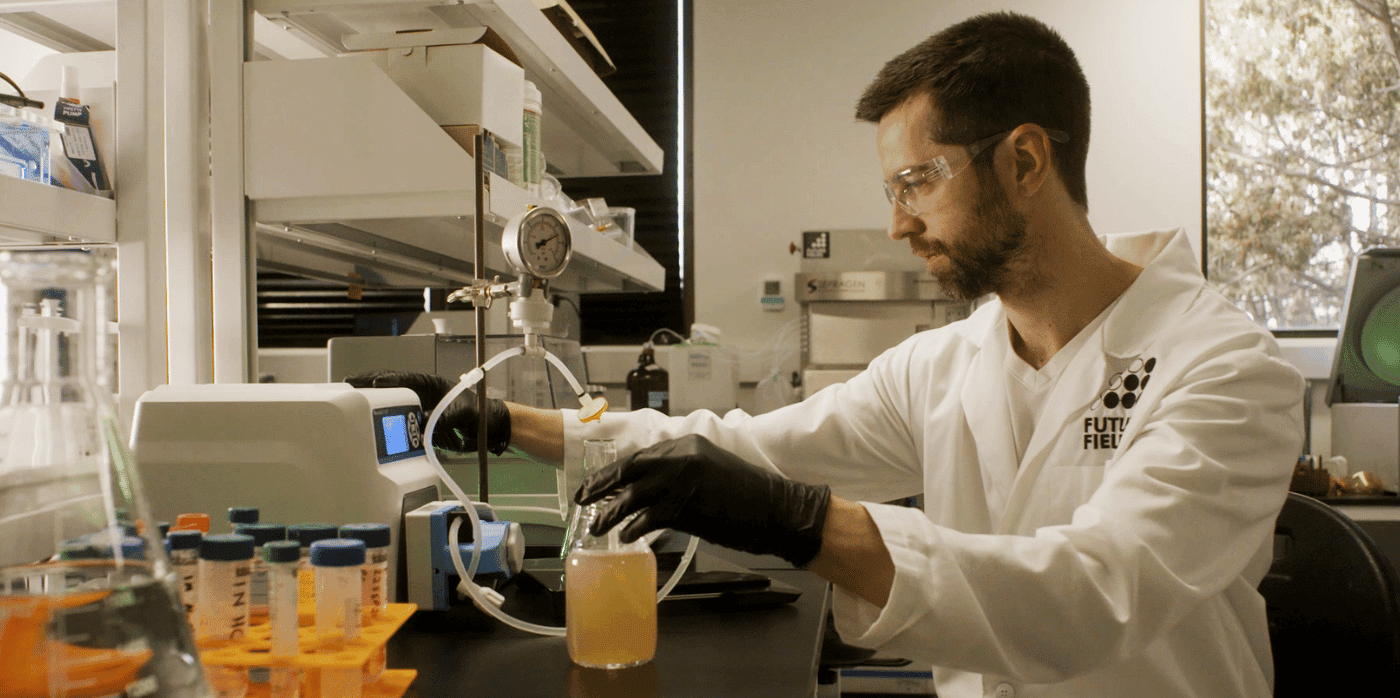How can AI bring academic research to the fore?

Spotted: In 2024, more than two billion people could vote in elections being held throughout 50 countries. This is the largest sequence of elections since generative AI tools became widely available in 2023. Many experts believe that governments are not fully prepared for the new situation, with technology developments having rapidly outpaced regulation, and policies such as the EU’s Artificial Intelligence Act not becoming active until 2025 at the earliest. But, as much as AI-driven misinformation is a particular concern for the coming year, the technology can also be used to help us access and interpret essential information.
Artificial intelligence (AI) can help prioritise publications based on an individual’s preferences, which is how social media platform feeds work. For those worried about increasingly narrow perspectives forcing people into echo chambers, a new discussion platform is launching to help bring the latest research to the forefront of public discourse.
Created by a Danish startup, Proemial is an AI-powered platform for open discussion that personalises reading recommendations to users and suggests connections across many different fields of study. The company brings together a variety of AI models to digest research and then make it not only applicable to scholars, but also interesting, relevant, and easy to understand for the general populace without specialist knowledge.
The platform encourages collaboration across teams and fields of study with a public Q&A forum. And by bringing scientific research into the larger public domain, Proemial’s team hopes to facilitate deeper, more innovative discussion and, ideally, further research fuelled by the connections made via the site. The platform customises feeds based on users’ queries and interests, and readers can ask detailed, conversational questions of the AI to garner more detailed insights into various research results.
Proemial recently raised €2 million, and the company’s funders and advisors include leaders from the Pioneer Centre for AI in Copenhagen, Amazon, Apple, Google, and Meta.
Other recent use cases for AI highlighted in Springwise’s library include helping teachers build interactive curriculums and helping healthcare professionals stay on top of the latest in clinical developments.
Written By: Keely Khoury















